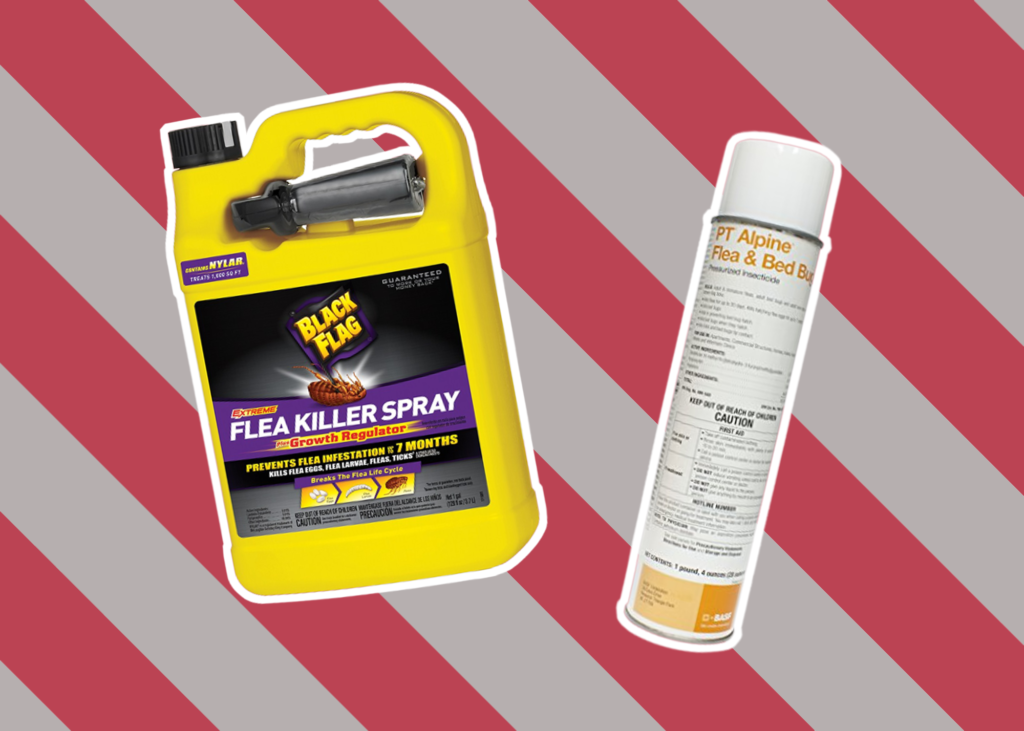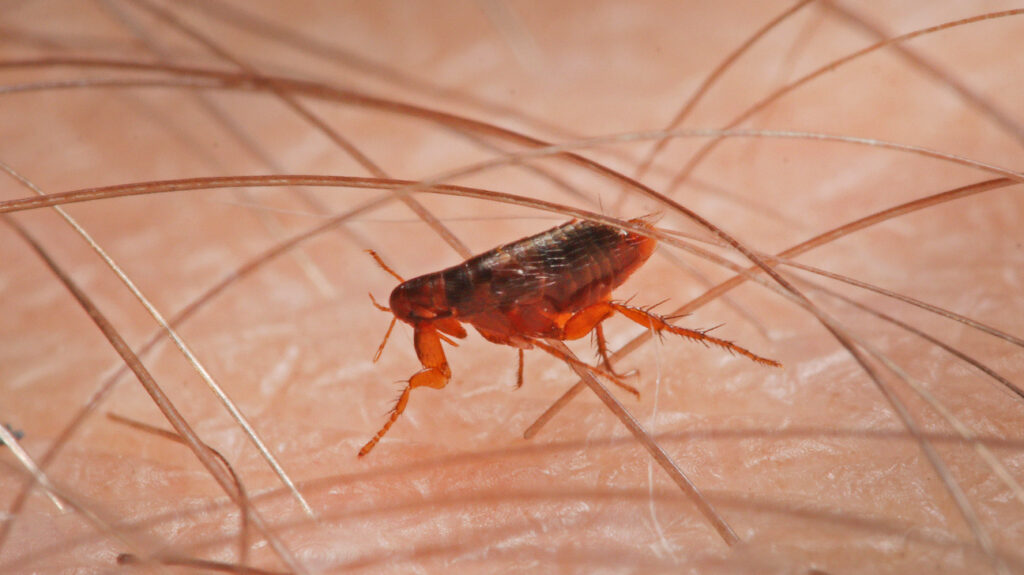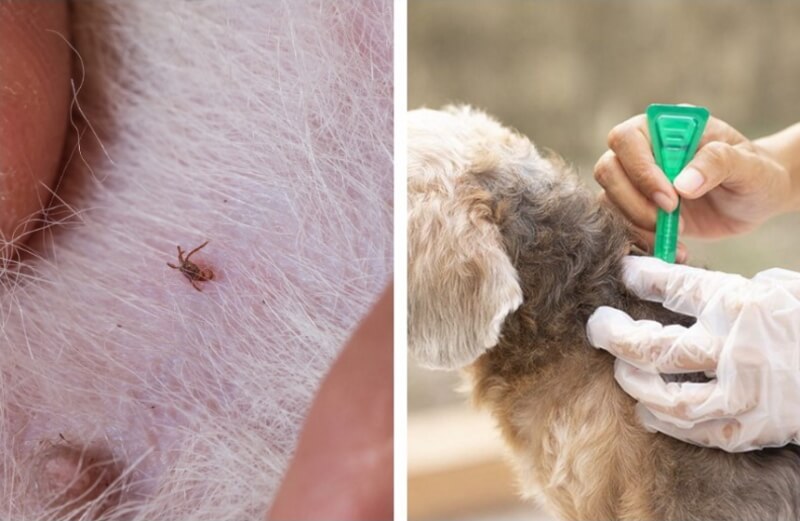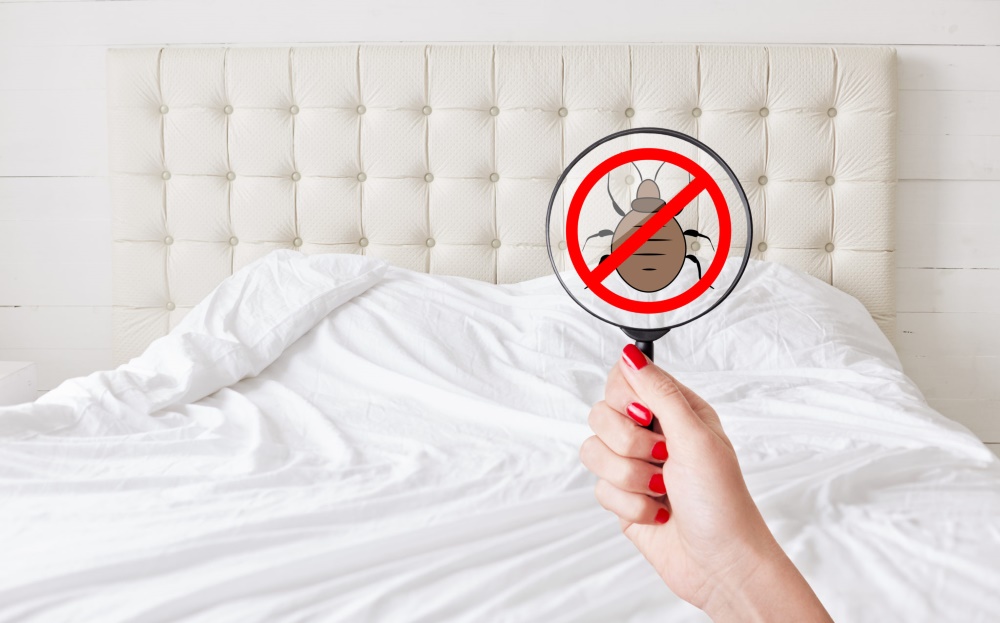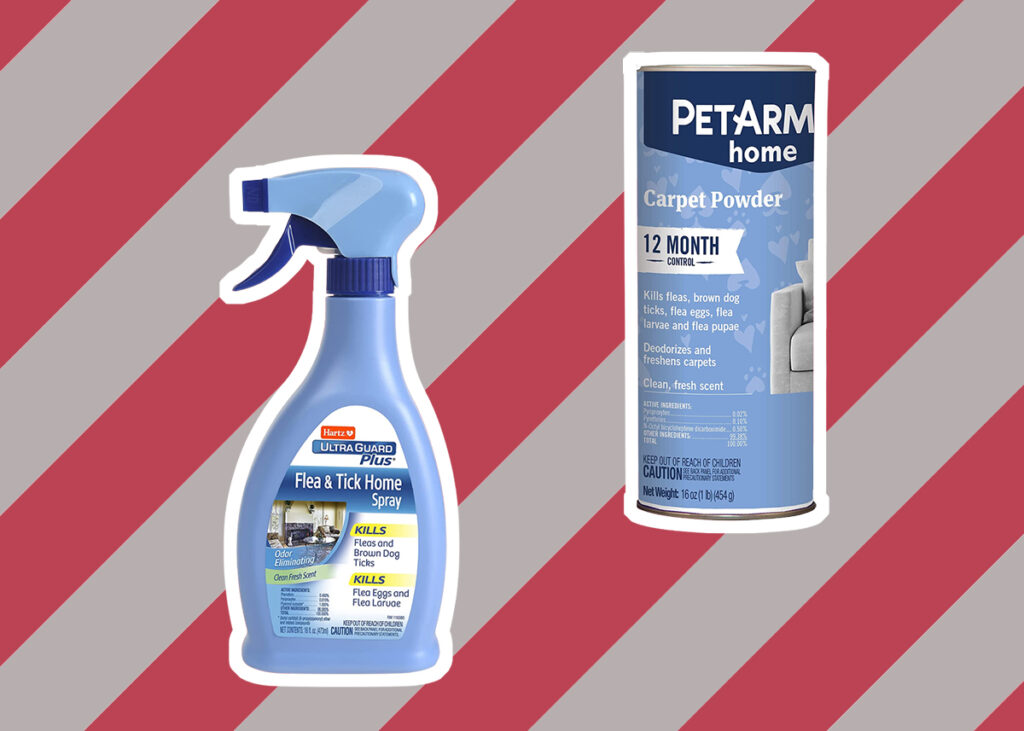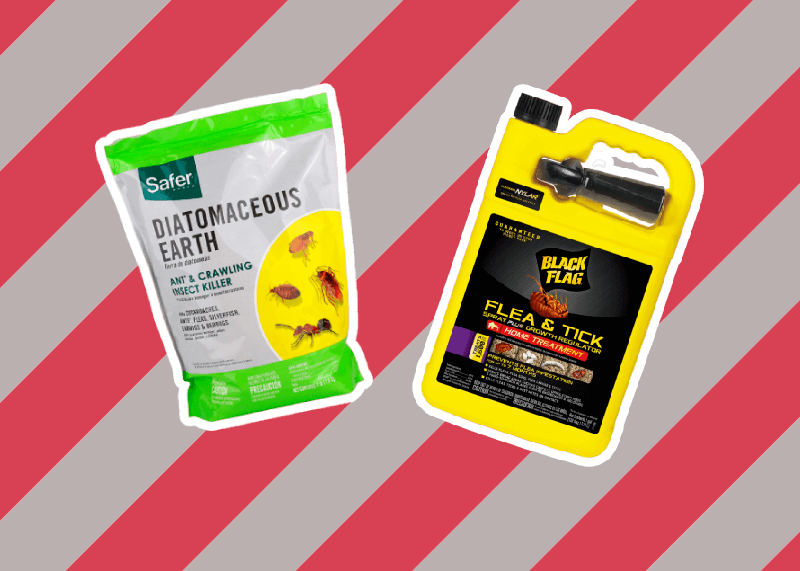

If you live in coastal areas, you might have to deal with sand fleas from time to time. These parasites will latch onto your legs as you take your stroll through the beach and feed on you or lay their eggs under your skin. Also, if you unintentionally carry them back home, they could cause major problems for you and your loved ones down the road. Thankfully getting rid of them even after they invade your home or skin is possible. You just need the right know-how. Fortunately, if you’re facing this problem, you can find the dos and don’ts of getting rid of sand fleas in the sections below.
Notably, before you can get rid of any sand fleas in your home, body, or on pets, you first have to know how to spot an invasion. After all, they can be pretty hard to spot, given their small size. In fact, according to Britannica Trusted Source sand flea sand flea, any of more than 60 terrestrial crustaceans of the family Talitridae (order Amphipoda) that are notable for their hopping ability. The European sand flea (Talitrus saltator), which is about 1.5 cm (0.6 inch) long, lives on sand beaches near the high-tide mark, remaining buried in the www.britannica.com , the common sand flea has a maximum body length of 1cm. However, the vast majority of these creatures are smaller and may even be the size of a grain of sand. As such, you might even see one and brush it off as a piece of dirt.
The most common sign of sand fleas is the bite marks. However, before we get to identifying the marks, here’s an overview of how the fleas look.
As mentioned above, the common sand flea has a maximum length of 1cm. Additionally, they either have a grey or dark brown body in addition to reddish-brown antennae. Finally, they could also have a bluish tail and powerful jumping legs. Nevertheless, since these bugs are so small, it might be challenging to identify them by sight before starting the sand fleas treatment.
Bite marks on your body are one of the most telling signs of a sand flea infestation. Often they look like a round reddish spot that itches, burns, or both. In addition to the itchy bite marks, female sand fleas can also lay eggs on the host’s skin. Often this is characterized by a white spot or a blackhead near the middle of the bite mark.
Most of the bites typically don’t have any lasting effects. They can dry out on your skin in a week or two, and you’ll be back to normal. However, according to the World Health Organization Trusted Source Tungiasis WHO fact sheet on Tungiasis providing key facts, definition, scope, symptoms, prevention, control, treatment, WHO response. www.who.int , the females laying their eggs in your skin may cause tungiasis. Tungiasis can even cause further issues such as gangrene, secondary infections, and even disfigurement if it’s bad enough.
If you’re sure the sand flea infestation is just outside your house, here are a few possible solutions, depending on the situation.
The yard may be one of the spots where the sand fleas invade and getting rid of them will likely take some time. However, there are solutions to the problem. First, you have to find the fleas. However, before that, you should get rid of clutter that may hinder your inspection of the area. Cut grass, fallen leaves, trash, and more should be removed from the scene. That said, ensure you stash these materials in enclosed trash bags just in case they harbor some sand fleas as well.
After that, inspect the areas hidden from the sun and moist patches of soil. Once you’ve located the sand fleas, you can use one of two methods to get rid of them. One option is to use diatomaceous earth.
Since it’s a natural material, it doesn’t pose any danger to you, your pets, family, or even your yard. However, it can irritate your airways if you breathe it in, so wear a mask during the application.
The material cuts through the body of most insects, including sand fleas and even ants, leaving them to dry out and die. However, it loses its effectiveness when wet, so try not to apply it to moist areas.
Alternative number two is a group of creatures known as Steinernema carpocapsae. These are parasites that primarily feed on the tissue of other pest insects. As such, once they’re exposed to the sand fleas, they’re bound to cut down their population. You can find them at garden centers around your home, and you only need to mix them with water and spray them in the problem areas.
As for how to get rid of sand fleas in a sandbox, you can use either the diatomaceous earth or the Steinernema carpocapsae to treat the surface. That said, these solutions take long, and if you want faster results, you can use a sand flea rake instead. It digs into the sandbox and filters out the sand leaving you with the fleas.
Users recommend the Exact Design Flea Rake, which comes with sharp teeth for digging into the sand and a 16” wide basket, so you cover more of the sandbox with every scoop of sand. After that, you can get rid of them in whatever way you like. However, this doesn’t work for the smaller sand fleas, so you may still need to use diatomaceous earth or the Steinernema carpocapsae.
Your pets are also just as capable of bringing the sand fleas into your home, not to mention they are potential hosts for the pests as well. If you suspect your dog or cat of being infested, you can check for bite marks to make sure. Just like with humans, the bites will look red and inflamed on the skin of your pet.
As such, if you can get the fur out of the way, you should be able to confirm whether the pet is carrying the fleas or not. Once confirmed, you then need to get rid of the bugs. Bath the furry creature using warm water and shampoo. After that, dry them with a towel and finish up by applying anti-flea medication.
Lastly, ensure the pet doesn’t go back to infested areas such as their bedding before you sort out the problem there as well.
You can start by vacuuming your pet’s bedding and toys. This will remove most fleas, but there will still be some left. Also, heat is often quite effective at killing pests. As such, if you have a steam cleaner in the house, you can use it to eliminate the infestation.
Using diatomaceous earth or organic pesticides could also help eliminate stragglers if you don’t have a steam cleaner lying around.
As for preventive measures, you can start by keeping your pet away from areas with sand fleas. This includes warm, humid areas such as the beach, especially early in the morning or late at night. These periods are when the sand fleas are most active.
Alternatively, you could spray your dog or cat with insect repellant as long as it’s not harmful to the animal.
If you didn’t notice until it was too late, here’s how to get rid of sand fleas that are already in your house.
First, try and use pesticides like cockroach or dust mite sprays. Often these pesticides are effective against most insects, including sand fleas, bed bugs, and more. Organic pesticides are preferred since they’re unlikely to harm you and other members of the household.
Spray the pesticides in any areas of the house where you think the pests may be hiding. This includes your carpet, furniture, floor, under the bed, and more. If you choose toxic pesticides, you’ll need to keep your loved ones and pets away from sections of the house that you’ve sprayed until they’re safe again.
Bug traps are another option. Like bed bug traps, ant traps, and more, flea traps use the insects’ senses against them. This includes using sweet scents and heat to attract the pests and then trap them with glue. However, the issue with traps is they aren’t as effective as pesticides, especially if you’re dealing with a large population of sand fleas.
You also want to wash your bedding and clothes just in case some stragglers are hiding there. Ideally, you should use hot water since it kills the bugs. Alternatively, turning the heat up in the dryer and leaving the clothes and bedding there for at least 15 minutes is just as effective.
Once the pesticides and diatomaceous earth have done their jobs and the fleas are lying dead, you need to vacuum the home. A deep clean may also be necessary and will be instrumental in ensuring none of the eggs or sand flea bodies are left behind.
For carpets and furniture, you may need to use a brush head as you’re vacuuming to dislodge some of the fleas hidden between the carpet fibers.
If you’ve been bitten by the bugs, the good news is that the resulting bite marks are treatable. You can apply topical antihistamines to stop the itching and burning sensations. According to reviewers, one of the most effective treatments for the bites is the Medpride Hydrocortisone Anti Itch Cream. It offers almost instantaneous relief from the burning sensation and itchiness.
Alternatively, essential oils also offer relief from the bites. Lastly, rubbing alcohol on the bite mark will dry the wound faster.
You can also be proactive in ensuring you never have to deal with a sand flea infestation in your home. This will involve inspecting yourself, clothes, and shoes every time you get into the house after visiting areas with sand fleas. That way, you can get rid of the bugs before going into the house or leave your shoes outside where they do the least harm.
As you’re doing that, inspecting your pets is also a good idea. Lastly, avoiding beaches early in the morning or late in the evening when the fleas are most active could be an effective countermeasure.
While the guide above includes information on how to get rid of sand fleas, it’s better to avoid the infestation altogether. It might be tedious in the short term, but it saves you a lot of trouble down the road. Also, it protects you from having to deal with the painful, itchy bite marks left behind by the pests.
